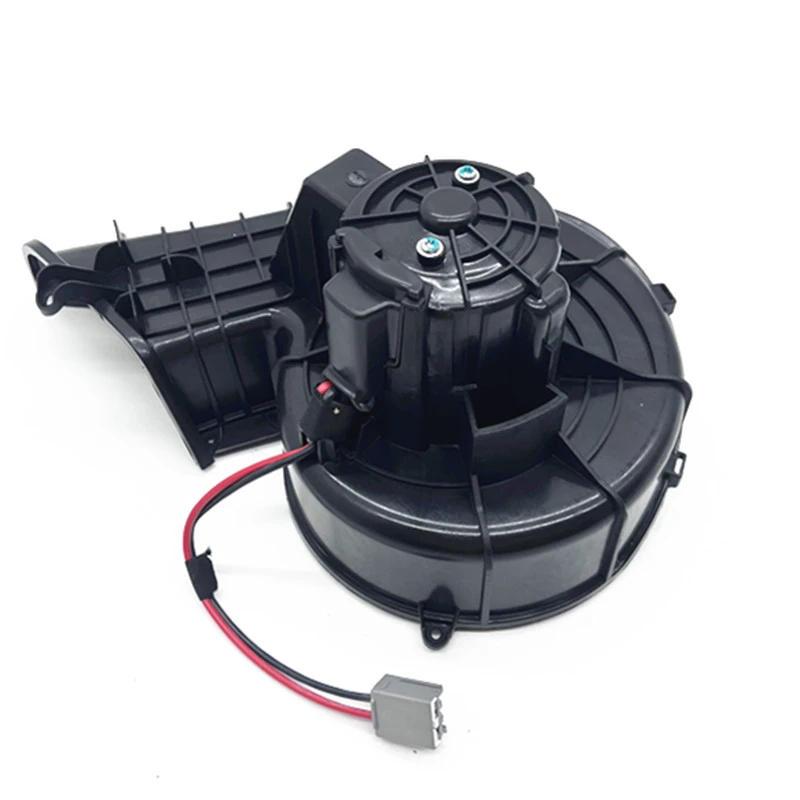What Happens When an Engine Temperature Goes Bad?
3月 31, 2025

The engine of a car is designed to operate within a particular temperature range to achieve an optimum level of efficiency and lifespan. Still, when the engine temperature goes awry and is either overheating or too cold to run efficiently, it can lead to terrible mechanical problems. Instead of the role of the link “car engine temperature sensor” and other temperature-related components can be better presented as follows: The role of the temperature sensor of the car engine and other temperature-related components should be given the highest priority […] and breakdowns should be avoided to usher in the needed solutions of this nature.
Causes of Engine Temperature Issues
- Malfunctioning Temperature SensorA temperature sensor in a car is the elbow-ling that keeps track of the heat levels in the engine and then sends the data to the vehicle’s system. On the other hand, the sensor can give false readings which will then signal the overheating of the engine among other things, normally. Or it may even be miscued to the fuel tank hence consuming fuel inefficiently.
- Low Coolant LevelsCoolant effectively regulates the engine temperature. The shortage of coolant can be the reason for the engine to overheat, which sometimes is not the only component to damage but the radiator, gaskets, and some other parts by way of false alarms.
- Faulty Radiator or Water PumpThe radiator gets rid of the heat from the engine, and the water pump transmits the coolant. A broken link in any of these systems may result in engine cavitation and soaring metal temperatures in the powerless machine.
- External Temperature SensorsA car temperature sensor outside is there to monitor ambient conditions. It might happen that the heater control system inside the car gets the wrong readings and hence is not able to adjust the temperature properly, which will be a big issue for the car engine.
- Thermostat FailureThe thermostat regulates the flow of the coolant. In case it is locked up with the whole system, there is a need for automotive technicians to come and unlock it, besides, the car will continue to gain heat but not in the regular duration. On the other hand, if it is left open, the engine may be too cold thus not work perfectly and the efficiency will also drop.
- Blocked or Leaking HosesRadiator hoses that are obstructed and/or have a leak can inhibit the movement of the coolant flow, which then results in a disharmony in the temperature regulation system.
Consequences of Poor Engine Temperature Control
- Overheating: An engine runs hot when it is ridden with excess heat, causing damage to the engine walls, seal gaps and ending with a total engine breakdown.
- Poor Fuel Economy: If a temperature sensor goes wrong, the engine may become too cold. This will have a negative effect, the engine may use extra fuel.
- Increased Emissions: A major reason why an engine can produce carbon emissions is an engine that is running at a temperature that is not thermally efficient. Consequently, all the progress made in developing eco-friendly designs is reversed by engines that are inefficient in fuel use.
- Engine Damage: The constant moving of parts such as the cylinder head, piston rings, and gaskets is what causes a car’s wear problems due to the frequent alteration of the temperatures of those mechanical parts.
- Loss of Power: Your machine may feel weak and slow in acceleration, it may even require extra effort to attain previous performance levels.
- Increased Wear on Components: The heat that is brought about by extreme temperatures can tend to wear away the thin motor oil thereby interfering with the lubrication of the moving elements, and it can increase the friction in between them.
How to Prevent Engine Temperature Issues
- Keep an eye on the coolant levels and if necessary, top them up regularly.
- Buy new and accurate car engine temperature sensors which are the only guarantee of accurate readings.
- Check for any stains or faults in the radiator and water pump periodically and then repair them.
- Observe the readings on the dashboard temperature gauge from time to time to confirm that everything is in order.
- Make sure that you do the flushing and changing of the coolant as advised by the vehicle’s manufacturer.
- Periodically test the thermostat function and be ready to replace it if it won’t work properly anymore.
- You should always make sure that there are no blockages or leakages with your radiator hoses
Final Thoughts
The proper temperature system of a vehicle is a must-have for a car’s long life and optimum performance. By simply ensuring that all the important parts such as the temperature sensor in a car and the external sensors are working well, you can easily prevent huge damages and make your vehicle operate efficiently. And therefore, by maintaining the engine’s functionality through other alternative methods of maintenance and quick repair when the engine goes off the optimal temperature range you can prolong its life and make it more efficient.



